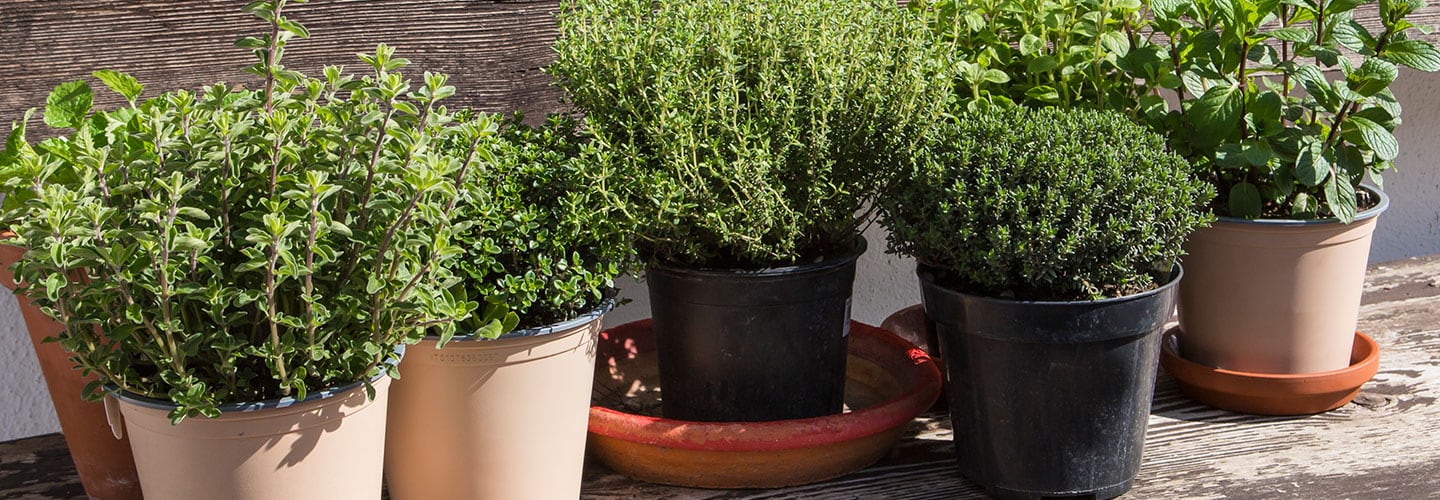Spring is here, and you’re scouting out a location in your yard for a vegetable garden—but it looks like the most suitable locations are too wet for the task at hand. If you cannot find a spot where soil is dry enough, then it’s time to create a solution with proper drainage, and that means it’s time to construct or purchase a raised garden bed. Once you’ve built or bought a raised garden bed, you’ll want to ideally place it in a spot that gets a lot of sun. And don’t ignore locations on pavement or concrete! They work just as well as any other location, and open up your ability to garden in a slew of new spots that you might have otherwise ignored.
After you place your raised garden bed, add a small layer of gravel at the bottom to aid in drainage and then fill halfway with Beyond Peat™ Professional Organics Raised Bed Mix. In a raised garden bed, people and animals won’t be able to walk on the soil as easily so there will be less compaction, and this loose, fertile soil helps create more bountiful harvests. And because all that nutrition is snugly located in the raised garden bed, you have a bit more leeway when it comes to how many vegetables you’re planting. However, you can plant vegetables too close in a raised garden bed so be careful—it’s a balance, and you should play it safe if you feel the plants are a bit too close. Best of all, you’ll save time throughout the season by not having to weed as often as you would in an in-ground garden (and by using our Raised Bed Mix, there will be less weed seeds in general).
Choose Wisely
In your raised garden bed, make a small pocket for root mass if using starter plants and then insert. Here are a few vegetables that work wonders in raised garden beds:
Carrots
Perfect for loose, nutrient-rich soil.
Tomatoes
A vining vegetable that loves loose, nutrient-rich soil—just make sure your posts or trellises are strong enough for them to climb on. Great for shallow beds as well.
Potatoes
Perfect for loose, nutrient-rich soil and the drainage that raised garden beds provide.
Cucumbers
Save on the limited space afforded by raised garden beds by allowing them to climb a sturdy post or trellises.
Lettuce
Start in early spring with lettuce as it grows well in cooler weather. As it grows and spreads, it can provide a nice visual to the bed.
Onions
Perfect for the drainage that raised garden beds provide.
Recharge Time
Using a professional-grade organic fertilizer such as our Raised Bed Mix provides a consistent source of macro and micronutrients for up to three months of feeding, ensuring vegetables will have improved chances of being higher quality. After planting seeds or placing starter plants, you’ll want to fill in the rest of the bed with our Raised Bed Mix. Between two to three months, you should recharge the soil by turning over and breaking it up with more Raised Bed Mix, helping to keep the soil nutritiously rich for optimal growth.


